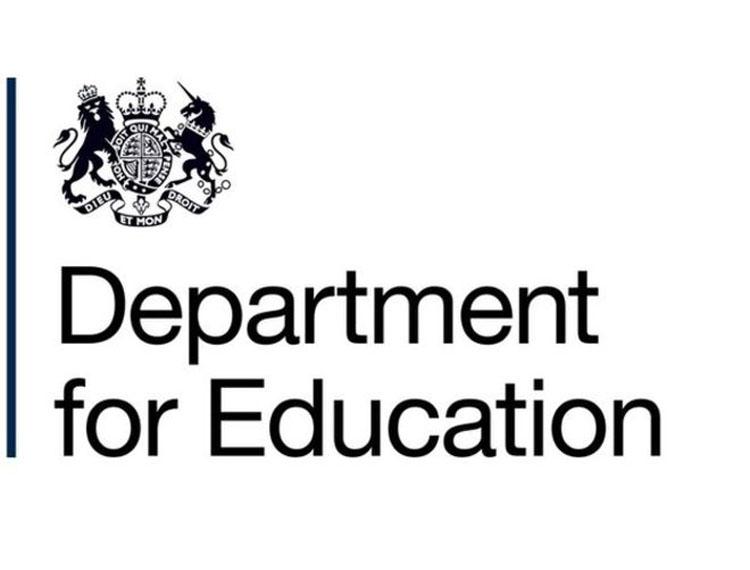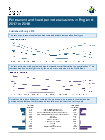Exclusion from school should not mean exclusion from education #TimpsonReview

A Department for Education spokesperson said:
“There is no right number of exclusions, and although exclusion rates remain lower than ten years ago, we have been clear that exclusion from school should not mean exclusion from education. Headteachers do not take the decision to exclude lightly and we will continue to back them in using permanent exclusion as a last resort.
“Following the Timpson Review, we are consulting on how to make schools more accountable for the students they exclude, working with Ofsted to clamp down on off-rolling, and calling on local areas to explain or change trends in exclusions for certain groups of children.”
Further information:
- The issue of exclusions is an important priority for the Department for Education, which is why an independent review of the practice was commissioned in 2017. Edward Timpson led this review which was published in May and we will be taking forward its recommendations.
- The Department is also working with Ofsted to tackle the illegal practice of off-rolling, while taking forward reforms to alternative provision so that excluded children are not excluded from society.
- The data follows the publication of the Timpson Review, which found that while exclusions are rare there was variation in exclusions practice across different schools, local authorities and certain groups of children. The Review made 30 recommendations for Government, which were all accepted in principle.
- In response to the review, the government said schools will be made accountable for the pupils they exclude and there will be a clampdown on off-rolling.
- The Government has also committed £10 million to help teachers crack down on poor behaviour in the classroom, with Tom Bennett appointed as lead adviser to implement the pioneering programme. Hundreds of schools will benefit from the programme, where a network of expert schools will be identified to help teachers and school leaders in need of support.
National Statistics: Permanent and fixed period exclusions in England 2017 to 2018
Levels of permanent and fixed period exclusions by school type, including information on reasons for exclusions and exclusion review panels.
Documents

Permanent and fixed period exclusions 2017 to 2018 – main text
PDF, 1.41MB, 11 pages

Permanent and fixed period exclusions 2017 to 2018 – national tables
MS Excel Spreadsheet, 210KB
This file may not be suitable for users of assistive technology. Request an accessible format.
If you use assistive technology (such as a screen reader) and need aversion of this document in a more accessible format, please email [email protected] .Please tell us what format you need. It will help us if you say what assistive technology you use.

Permanent and fixed period exclusions 2017 to 2018 – local authority tables
MS Excel Spreadsheet, 199KB
This file may not be suitable for users of assistive technology. Request an accessible format.
If you use assistive technology (such as a screen reader) and need aversion of this document in a more accessible format, please email [email protected] .Please tell us what format you need. It will help us if you say what assistive technology you use.

Permanent and fixed period exclusions 2017 to 2018 – underlying data
ZIP, 9.27MB
This file may not be suitable for users of assistive technology. Request an accessible format.
If you use assistive technology (such as a screen reader) and need aversion of this document in a more accessible format, please email [email protected] .Please tell us what format you need. It will help us if you say what assistive technology you use.

Permanent and fixed period exclusions 2017 to 2018 – pre-release access list
HTML
Details
Permanent and fixed period exclusions within the 2017 to 2018 academic year in:
- state-funded primary schools
- state-funded secondary schools
- special schools
It includes information on:
- reasons schools report for excluding pupils
- exclusions for different pupil groups
- independent exclusion review panels
- school level exclusions
- exclusions from pupil referral units
The release is based on exclusion data collected via the school census.
Exclusion information for earlier years is available in the underlying data file.
School absence and exclusions team
Email[email protected]
Telephone: Mark Pearson 0114 274 2585
Published 25 July 2019











Responses